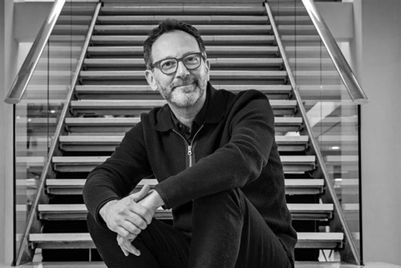As a former president, how do you view this latest development of Rediffusion buying back its stake from WPP?
In the given circumstances, this is a win-win for both Rediffusion and WPP. The relationship was marred with a lot of unnecessary negativity over the past many years. The parting of ways will hopefully revive and rejuvenate Rediffusion. The differences between the shareholders led to a lot of loss of value in the company. With ownership now only in the hands of the original promoters, I believe, Rediffusion will have much more flexibility and head-room to rebuild and grow.
Was this the only agency in the country to have a tie-up with not one but two global networks? How did this tie-up come about? What did each partner bring to the table?
The story goes back to the mid 90s. Back then both Dentsu and Young & Rubicam were privately held. The Japanese agency, and the Madison Avenue icon, had a pan-Asia joint venture called DY&R. But when the two agencies invested in Rediffusion, each of them individually bought 20 percent equity, therefore, holding 40 percent of Rediffusion between them.
The Rediffusion-Young & Rubicam relationship was already about 10 years old by then, having been triggered by the Colgate Palmolive account. Rediffusion was already working with Colgate in India. When Y&R won the global business of Colgate (I think it was in 1984), the local Indian client suggested they work with Rediffusion and an alliance was born.
The equity relationship with Young & Rubicam brought businesses like Citibank, Lufthansa, Revlon and Ford to Rediffusion. The relationship with Dentsu helped Rediffusion further strengthen an already existing relationship with Maruti Suzuki. Then came Fujifilm, Canon, Sony, Panasonic and Honda. So, Rediffusion gained significantly from the overseas partners.
Then, things began to change. Young & Rubicam closed an initial public offering of its common stock, and became a public company in May 1998. In 2000, Y&R was acquired by WPP. In the end 90s, Dentsu too decided to list on the Tokyo Stock Exchange. Dentsu went public in 2001. This changed the equations between Dentsu and Y&R globally. Dentsu went on to acquire a significant stake holding in Publicis while Y&R moved strongly into the WPP fold. This strained the joint venture between them and by the first half of the first decade of 2000, Dentsu decided to strengthen its own presence across Asia, handing over majority control in DY&R to Y&R. As a result, Dentsu setup a direct presence in India through an independent joint venture.
Resultantly, most of the Japanese businesses moved out of Rediffusion to Dentsu’s Indian agencies.
Y&R meanwhile became much closer to Rediffusion. In fact, the company dropped the ‘D’ in its name and started to be called Rediffusion Y&R. For some years, the relationship with WPP was upbeat but once matters soured between Sir Martin and Rediffusion’s promoters, WPP took away the Colgate business and then wooed away the Airtel brand, debilitating Rediffusion.
Was the tripartite arrangement one of the reasons for Martin Sorrell trying to buy out the agency so that he could exercise complete control?
With the DY&R JV becoming a 67:33 venture in favour of Y&R (only in Japan it became 51:49 for Dentsu:Y&R), WPP was now in control of the entire Asian market of the erstwhile 50:50 JV. In India the majority shareholding was still 60% controlled by the Indian owners. So Young & Rubicam was only a minority shareholder in the Indian venture and Sir Martin wanted greater control. That is what perhaps triggered the differences at the top. Dentsu of course now was more focused on its own local JV and largely withdrew from Rediffusion, except a token Board presence.
This battle for the control of Rediffusion ensured that the agency was stripped of its assets by the former WPP chief. Major accounts changed hands with alarming frequency. Do you feel that Rediffusion will now be able to get back to its illustrious past?
I am confident that Rediffusion will bounce back. It is an agency that has the right genes. And, an alumni that is the who’s who of Indian advertising. Mohammed Khan, Shanta Kumar, Ashok Kurien, Ambi Parmeswaran, Ashok Bijapurkar, Bugs Bhargava, Harsha Bhogle, Rahul Bose, Kamlesh Pandey, Conrad Saldanha, Sheila Sircar, Sandeep Kumar, Prasad Subramaniam, Sunil Sachdev, Rajeev Aggarwal, Ram Sehgal, Kersey Katrak, Gullu Sen, Rajesh Aggarwal, Adrian Mendonza, Prashant Godbole, Zarvan Patel, Mangesh Rane, Geeta Rao, Vishnu Mohan, Divya Gupta, Apurva Purohit, Partha Sinha and many other stalwarts have worked and contributed to the Rediffusion brand and its equity over the years. Rediffusion has always had cutting edge talent and an agency philosophy that helped it create unforgettable campaigns like ‘Hum Red & White peene walon ki baat hi kuchh aur hai’, ‘Whenever you see colour, think of us’ for Jenson & Nicholson, ‘Give me Red!’ for Eveready, ‘The Garden Vareli woman’, ‘She is the Taj’ … Rediffusion birthed brands like Maruti and Airtel. Rediffusion has it in itself to re-grow the lost brand equity.
Despite the exodus of clients in recent years, some clients have steadfastly retained their loyalty to Rediffusion. Relationships with the Tata group, Eveready, Parle and some others go back 30 years and more. Recent work done for Parle 20-20 is evidence of the fact that Rediffusion is still capable of great creatives. I am told there is also some really nice work on Tatas in the pipeline. Rediffusion just needs to refresh these relationships and perhaps go visit some old clients for whom path breaking work was done in past years. I'm sure the agency will come back with a bang.
One of the words that's often used to describe both Arun Nanda and Ajit Balakrishnan is "visionary". What is it that set them apart from the rest?
I have had the good fortune to work with both Arun and Ajit. I joined the agency in 1994 as head of new business; then ran Rediffusion Delhi for some years. I became President of Rediffusion DY&R in 1997 and remained as head of the agency till I left to join as Group CEO of Zee Telefilms in 2001.
Mr. Nanda is the first gold medalist of IIM Ahmedabad (co-bracketed with the legendary Prof. C K Prahalad). Ajit was till recently the Chairman of IIM Calcutta. Professionals of this caliber no longer come to advertising as a profession.
The Nanda-Balakrishnan combine, with their then third partner Mohammed Khan, laid the foundations of India’s first creative powerhouse in 1973. The agency not only produced the finest and hottest creative campaigns of the 70s, 80s and 90s, but also became the best school for advertising in India. Rediffusion consistently recruited from the IIMs and became one of the most preferred employers at B-schools. For Nanda and Balakrishnan, recruiting top flight talent was always their top priority.
Arun Nanda was the pioneer of political advertising in India. He worked very very closely with Prime Minister Rajiv Gandhi during the decade of the 1980s. The entire practice of psephology was initiated in India by Arun Nanda.
When Ajit started rediff.com in the late 1990s, no one in India even understood what he was doing. He took the company to a NASDAQ listing, one of the first in India. No agency in India even knew the word ‘digital’ when Arun and Ajit started rediff.com in 1995, ahead of Amazon, Google and all the venerable names we hear today.
Arun was perhaps one of the first, and still one of the few, advertising people to be invited to sit on the Boards of companies like Air India, back then in the 1980s. He worked with the likes of Ratan Tata to reshape the national carrier.
Arun and Ajit have never been constrained by the fact that they were advertising professionals. They have both been visionaries who looked beyond the narrow confines of advertising as a business. More importantly, Arun and Ajit have always carried stature with clients. Clients like Arun Nehru (J&N), Arun Singh (Reckitt’s) … both later ministers in the Rajiv Gandhi government … Deepak Khaitan (Eveready), K K Modi (Godfrey Philips), Sunil Bharti Mittal and Rajan Bharti Mittal (Airtel) and of course Ratan Tata (Tata Sons) have enjoyed the kind of rapport with Diwan Arun Nanda that very few have ever had with their advertising partners.
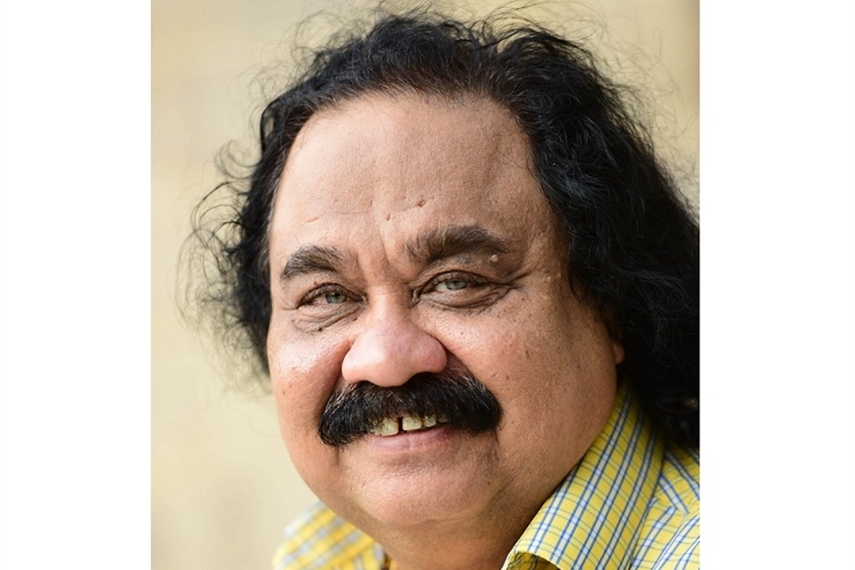




.jpg&h=334&w=500&q=100&v=20250320&c=1)


.jpg&h=334&w=500&q=100&v=20250320&c=1)



.jpg&h=334&w=500&q=100&v=20250320&c=1)

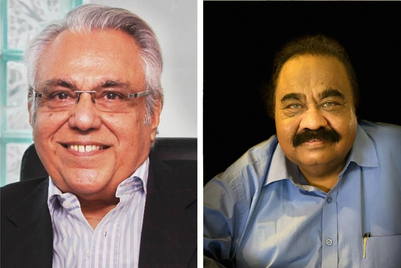
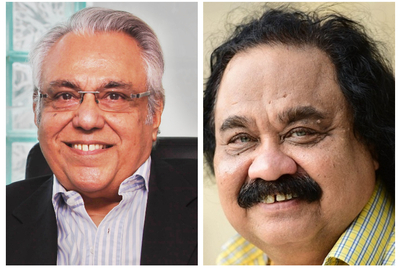

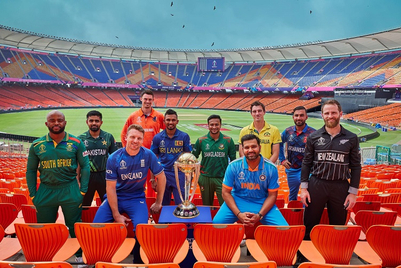

.jpg&h=268&w=401&q=100&v=20250320&c=1)
.jpg&h=268&w=401&q=100&v=20250320&c=1)
